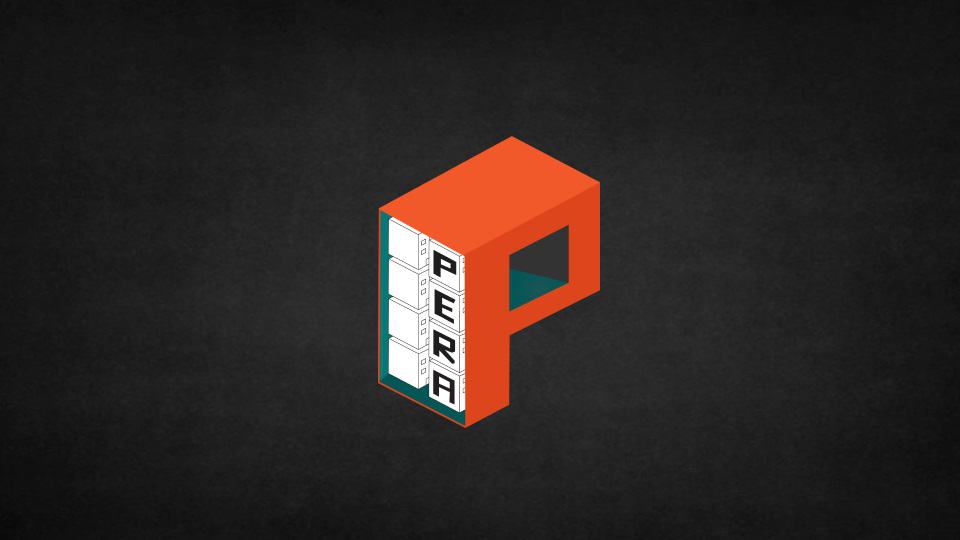What is Ethereum 2.0? We Reveal its Unclear, Uncertain, Yet Promising Future
For the past few months, Ethereum 2.0 has been a hot topic in the crypto space. People are patiently waiting to see how the second most popular cryptocurrency can showcase its new and improved speed, scalability, and security features through a series of updates.
The updates are aimed at addressing current scaling, mining and consensual protocol, and security issues include moving from proof-of-work to proof-of-stake, solutions like Beacon Chain, Casper FFG, Sharding, eWASM, Plasma, Raiden, and perhaps most anticipated, Serenity.
Serenity is supposed to be an ‘all-in-one’ solution to fix the various problems highlighted by Ethereum 1.0. It combines most of the Ethereum upgrade ideas (Sharding, eWASM, Proof-of-Stake, etc.) together on a new parallel chain that would run alongside and be fully compatible with the existing chain.
Breakdown of Ethereum 2.0 solutions
- Proof-of-Stake (PoS): Beacon and Casper are the 2 PoS solutions that aim to improve how new Ethereum coins are mined and how transactions are validated. In PoS, there is no mining which means there is no block reward; the block creators are called Forgers (instead of Miners as in PoW). They are only being incentivized with transaction fees. The Forgers of the next block are elected through a random procedure according to the Forger’s stake (amount of coins the Forger stakes) and age.
- Sharding is the process where the entire state of the network is split into a number of partitions called shards that contain their own independent piece of state and transaction history. This addresses issues of scalability and transaction speed and stops one app from slowing down the network.
- eWASM allows code to execute faster by expanding the coding options and capabilities for the Ethereum Virtual Machine.
- Plasma is an extra layer that sits on top of the network to handle massive amounts of transactions. It is basically Ethereum’s version of Bitcoin’s Lightning Network.
- Raiden, like Plasma, is categorized as an off-chain scaling solution, and therefore can also be compared to the Lightning Network. Rather than processing the transactions on the main blockchain, Raiden uses state channel technology to move transactions off-chain and open a separate payment channel.
We can see that the Ethereum development community clearly has their work cut out for them to bring these upgrades to life. However, according to a recent report published by Matt Slipper and Dan Tsui of Kyokan (a blockchain-native software consultancy based in the bay area), things don’t seem to be running very smoothly behind the scenes.
The main takeaways from the lengthy document are that:
- Ethereum 2.0 has no person in charge of orchestrating the rollout of the upgrades.
- Ethereum 2.0’s implementation has been stalled by the specification constantly changing, particularly over the past 6 months.
- There is significant miscommunication on timeframes occurring between research people and the rest of the team. People working outside of R&D are out of the loop regarding when new features are ready to roll out.
- Implementers are concerned that perhaps there may be a funding shortage. The team is currently committed to working on Ethereum 2.0, but only as long as funding exists for development. If the funding dries up, then these teams may be forced to find other work.
- The rate of change in the specifications of features is only discouraging the implementation team more.
- In response to the need for clarity, research has started to version segments of the specifications to show what is ready and what needs to be changed.
- It is now believed that Ethereum 2.0 won’t be transformational for smart contracts until cross-shard communication is live and phase 0,1, and 2 of the release are complete.
The implications of this document are quite significant. A lot of pressure has been put on the Ethereum developer community over the years to achieve the kind of scalability that Bitcoin has failed to do so far. For Ethereum, achieving scalability is not just about making it easier to send and receive ETH, it’s about improving the speed in which the entire network operates so that it can handle huge traffic spikes that will inevitably occur as more Dapps get released on the Ethereum blockchain. It’s also about being able to securely scale smart contracts so that they can one day be used for more than just gambling applications, for instance, real-life financial transactions (such as loans or remittances).
There does seem to be some useful recommendations to improve the situation, such as:
- Including “Product Context” In Public-Facing Media (Clearly communicating what will be delivered and when as well as how to prepare for the release of Ethereum 2.0)
- Provide clear avenues for continued funding
- Rigorously defining and enforcing a formal standards process
Ultimately, the long-term viability of the entire Altcoin market may very well depend on Ethereum 2.0’s ability to succeed. Decentralization has its clear benefits when it comes to increasing transparency and security of complex networks that transfer valuable data between members. However, when it comes to advancing the development of these complex networks, it seems that a more centralized project management approach is needed to ensure the kind of streamlined workflow and maximized productivity that will allow the best version of the Ethereum network to see the light of day.
The post What is Ethereum 2.0? We Reveal its Unclear, Uncertain, Yet Promising Future appeared first on CryptoPotato.








